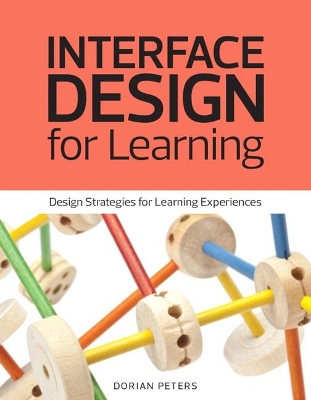Voices That Matter
1 total work
In offices, colleges, and living rooms across the globe, learners of all ages are logging into virtual laboratories, online classrooms, and 3D worlds. Kids from kindergarten to high school are honing math and literacy skills on their phones and iPads. If that weren’t enough, people worldwide are aggregating internet services (from social networks to media content) to learn from each other in “Personal Learning Environments.” Strange as it sounds, the future of education is now as much in the hands of digital designers and programmers as it is in the hands of teachers.
And yet, as interface designers, how much do we really know about how people learn? How does interface design actually impact learning? And how do we design environments that support both the cognitive and emotional sides of learning experiences? The answers have been hidden away in the research on education, psychology, and human computer interaction, until now. Packed with over 100 evidence-based strategies, in this book you’ll learn how to:
Design educational games, apps, and multimedia interfaces in ways that enhance learning
Support creativity, problem-solving, and collaboration through interface design
Design effective visual layouts, navigation, and multimedia for online and mobile learning
Improve educational outcomes through interface design.
And yet, as interface designers, how much do we really know about how people learn? How does interface design actually impact learning? And how do we design environments that support both the cognitive and emotional sides of learning experiences? The answers have been hidden away in the research on education, psychology, and human computer interaction, until now. Packed with over 100 evidence-based strategies, in this book you’ll learn how to:
Design educational games, apps, and multimedia interfaces in ways that enhance learning
Support creativity, problem-solving, and collaboration through interface design
Design effective visual layouts, navigation, and multimedia for online and mobile learning
Improve educational outcomes through interface design.
